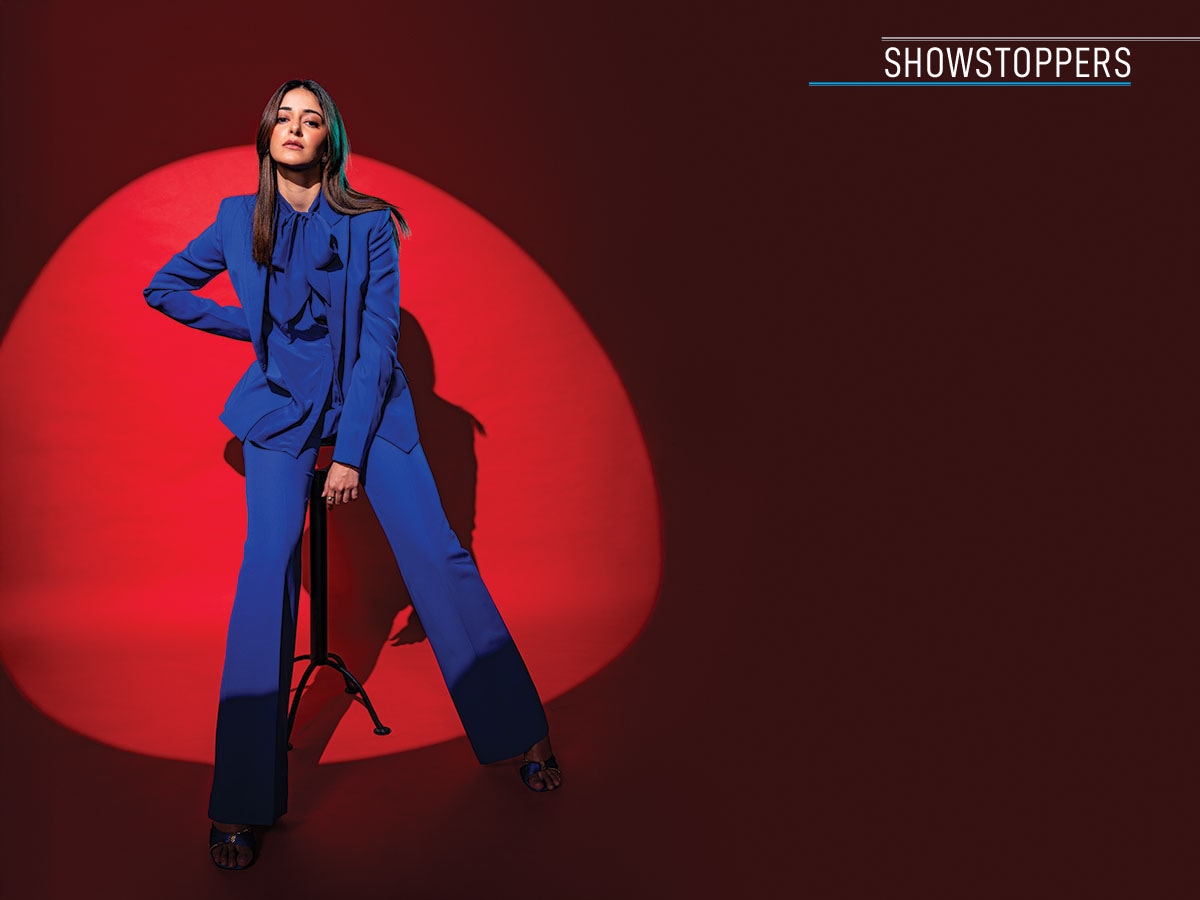 Image: Mexy Xavier; Styling: Priyanka Kapadia Badani; Suit: Gaurav Gupta; Artist Pr Agency: @Hypenq_Pr; Make Up: Tanvi Chemburkar; Hair: Aanchal A Morwani
Image: Mexy Xavier; Styling: Priyanka Kapadia Badani; Suit: Gaurav Gupta; Artist Pr Agency: @Hypenq_Pr; Make Up: Tanvi Chemburkar; Hair: Aanchal A Morwani
We’re grabbing a quick lunch after wrapping up a previous shoot, assuming we’re working on a day of Bollywood Standard Time. But the clock strikes 12.30 pm and sure enough, a buzz starts to build. Ananya Panday is entering the building, to our pleasant surprise, right on time.
You can see her face glowing right through the Range Rover windshield from a few hundred metres away, luminous even sans makeup. She steps out with a smile for quick greetings, conscious of being breezed straight to the makeup room, dressed in an oversized T-shirt and tracks, hair freshly wet, coyly sipping out of her baby pink Stanley straw cup. An air of Gen-Z nonchalance if there ever was one.
“When I entered the office, I was in my pyjamas and wet hair, drinking my haldi paani, thinking that if only people saw this side of me, they would understand that it takes a lot for us to look like this,” she tells us later, now fully camera-ready, talking about body image issues among women.
“It may seem like I’m, you know, what people say would be ideal in terms of beauty standard—I’ve heard that so much, but I’m so insecure about my body too, and have been since I was a kid,” she recounts. “In school, I was called all sorts of things—‘Hunchback’, ‘Toothpick legs’, ‘Flat screen TV’… when you’re growing up, these words really affect you. The fact that I still remember this 12 years later shows how much words can stick.”
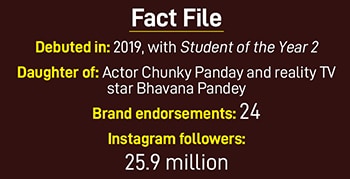 After a lukewarm first few years at the box office, Panday has found a way to turn words around herself. It’s almost as if her career thus far, since her 2019 debut, can be divided into two halves: Pre and post-Gehraiyaan, the 2022 Amazon Prime Video romance-drama, directed by Shakun Batra. Before that, she had films like Student of the Year 2, Dream Girl 2, Pati Patni Aur Woh and Liger, all of which cast her as the pretty girl with not much of a character role to uplift.
After a lukewarm first few years at the box office, Panday has found a way to turn words around herself. It’s almost as if her career thus far, since her 2019 debut, can be divided into two halves: Pre and post-Gehraiyaan, the 2022 Amazon Prime Video romance-drama, directed by Shakun Batra. Before that, she had films like Student of the Year 2, Dream Girl 2, Pati Patni Aur Woh and Liger, all of which cast her as the pretty girl with not much of a character role to uplift.
After Gehraiyaan, where she shone as the second female lead, Panday has seen a string of well-received films, including Zoya Akhtar’s Kho Gaye Hum Kahan, Vikramaditya Motwane’s cyber-thriller CTRL and Dharma’s web series Call Me Bae where she plays the central role and appears in nearly every frame. The series, which really put Panday in the spotlight, has just announced its second season.
“Ananya has, since her debut, become a much, much better actor,” says film critic Anupama Chopra. “Honestly, in the first few years, she was playing the glam doll, the prop. Gehraiyaan was when I first saw a real sparkle, and then she honed that further in Kho Gaye Hum Kahan, then this year, in CTRL and Call Me Bae.”
“What she’s accomplished in the last few years is impressive,” Chopra continues. “Because truly, in that first film (Student of the Year 2 in 2019), we did all dismiss her. It felt like she was doing what so many women had done before her—be pretty, cry a little, sing a few songs… forgettable roles. In the space of a few years, she’s already at a point where what she’s doing is not so forgettable, which is amazing.”
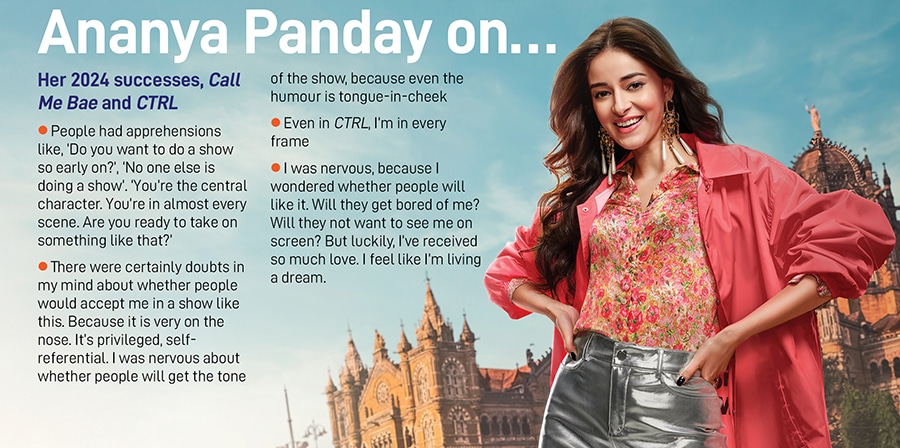
Making of a star
Panday, now 26, admits she has completely changed as an actor since she first started out at 18.
“I think that, when I started out, I didn’t have any process, because I’m not a trained actor. I didn’t go to film school. I literally came out from school and got onto a film set and started acting,” she says.
Even though her father, Chunky Panday, is a famous actor, she didn’t spend much of her childhood on film sets, unlike other star kids. Panday senior, in fact, didn’t make it big as a lead actor in Bollywood—and eventually built a reputation for being the dependable second lead, the action hero or the comic relief.
On her first film set, Panday says she learnt what it really takes to be an actor—to hit your mark, catch the light, other technical aspects. “I was extremely dependent on the director’s instructions, no questions asked,” she says. “I was scared to voice my own opinion—but Shakun on Gehraiyaan really changed that.”
Batra told her that it was unlikely that she would be spoon-fed, because a director has so much to look out for, and so many actors on set. “He made me think in a much more independent fashion. I’m still a director’s actor, but I’m not so afraid now to bring some of myself on set,” she says.
Early on, she hadn’t yet developed an acting ‘process’, not having gone to film school. Now, she’s certain of a slightly academic approach, fleshing out each character’s back-stories before shoot begins.
“So in Bae [where she plays Bella, a rich girl who is thrown out of her husband’s house overnight, and left to fend for herself with no parental support], we had a very long-winded back-story about who she was as a child and how her parents treated her,” she shares. “We developed ideas of what she saw of her parents, how she felt about her brother… this helped me created a nuanced performance.”
“When you’re shooting a certain scene, sometimes you don’t know what’s happened right before in the person’s life, even just one second before they walked into the door—what were they thinking?” she says. “Now I’m conscious of even breaking down the main emotion versus the subtext, for example. So I’d say I’m a way more technical actor now, than I was coming from Student of the Year 2, where I didn’t know anything.”
Collin D’Cunha, director of Call Me Bae, attests. Panday says that several people had dissuaded her from taking on the web series, asking her if she was ready this early in her career to headline a show, be in every frame. When D’Cunha signed onto the project, Panday was already on board.
“Me doing the project had a lot to do with the fact that I knew she would play Bae,” says the first-time director. “I knew Ananya socially as an affable, funny, endearing girl, and I could definitely see her play this part.”

D’Cunha says that he knew that Bae needed to be a ‘star’, someone young and popular, which Panday was on her way to becoming, and said he would pad her up by surrounding her with ‘really good actors’ to elevate her performance.
“What really surprised me was how prepared she came to set, and how she stood out among the others, many of whom are theatre actors and confident with monologues and so on, which she hasn’t done,” he says.
“We were shooting a series, unlike a traditional Bollywood film, in which an actress would spend most of her time waiting in the van, waiting for the male hero to finish his scenes,” he adds. “Here, we needed Ananya to shoot three scenes a day, with three different, equally elaborate looks—hair, makeup and wardrobe. She really stepped up, and what’s amazing is how camera-ready she is. She knows how to hit her mark, how to face the light—and helps her co-actors with those aspects too.”
It may not sound like a lot, he adds, but these technical aspects really determine how many retakes are needed, and how much time is saved.
Call Me Bae is Panday’s first full-fledged comedic role, and D’Cunha is glad she was chosen for the part, because “unlike other actors of her generation, who are often vicious, she really knows how to take a joke on herself”. The show is punctuated with self-deprecating jokes on Panday’s real life.
“She wears her criticism very lightly, even though she must have gone through a process where it deeply affected her,” he adds.
Also read: From Payal Kapadia to Vicky Kaushal: 2024-25 Showstoppers, filmmakers and film edition
Panday came to the sets of Bae fresh from working with ‘serious’ directors such as Motwane and Batra.
“She has a great sense of humour in real life, but doing comedy is actually really tough,” D’Cunha says. “For Ananya, emotional scenes come really easily—she can cry instantly, and has these big, beautiful eyes that really make you buy in. But here, initially she was playing some of the dialogues in a very natural, straightforward way, which took me aback a bit—this was not the Ananya I knew.”
So D’Cunha developed a code word for her: Sridevi.
“I wanted her to be that sort of Chaalbaaz, natkhat personality—that was my reference, the way Sridevi would roll her eyes, giggle… and once Ananya got into the character, she realised she didn’t need to overthink it, and it really came to her quite naturally,” he says. “The way she delivered some lines were an actual hoot—I would find myself laughing behind the monitor.”
Panday says she was nervous about doing comedy too. “As a character, it’s not just the funny lines she’s saying, but she’s also meant to be physically funny, clumsy, not one to stand around,” she adds. “So even if someone else is speaking, she’s usually doing something dramatic or hilarious in the background.”

One of the show’s now-iconic jokes is a take on Panday’s most-memed moment. When she infamously spoke about the ‘struggles’ of ‘nepo babies’ or children of film actors, her co-actor Siddhant Chaturvedi quipped back, ‘Where our dreams end, their struggles begin’.
Panday faced incessant trolling, but seems to have shut it down by making a joke of it herself.
“I’ve come to realise that the more power you give social media, the more it will burden you. So my recent approach has been to just find a way to make it work for you,” she says. “I just don’t take the pressure of taking it too seriously.”
She does acknowledge her privilege of having a front foot in the door. “I did have a much easier start than others. When I started out, there was such a negative association with the word ‘nepotism’—there still is,” she says. “But now I’ve come to realise that I want to be proud of my legacy and my father, instead of constantly pushing it away. I want to own it, and to take that legacy forward.”
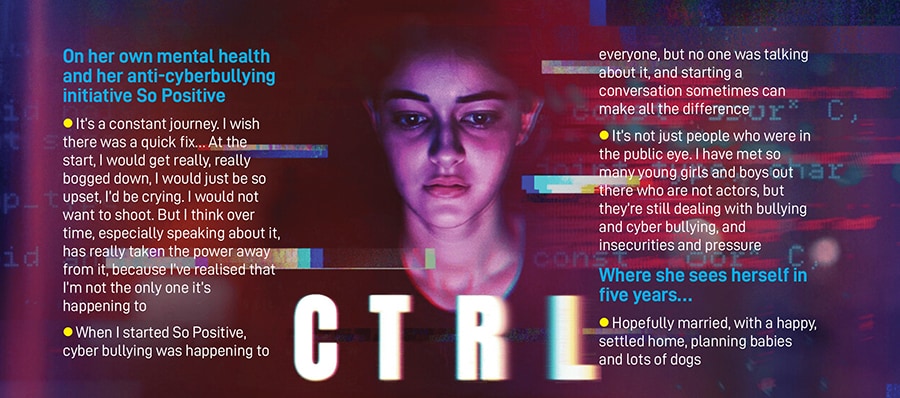
On the Brandwagon
Popular and on the rise, Panday has become a brand favourite of sorts, being the face of high-end luxury brands such as Swarovski and Jimmy Choo, to the mass-oriented Skechers and Lakmé.
Currently, she has 24 brands in her kitty, enough to stand amidst some of the country’s biggest stars.
For Skechers, Panday joined as the brand’s first brand ambassador in India in 2019. “Her vibrant personality and genuine love for fitness align seamlessly with our values and mission. Ananya’s dedication to maintaining fitness as a lifestyle resonates deeply with our audience, particularly the youth, who see her as a relatable and inspiring figure,” says Rahul Vira, CEO, Skechers South Asia.
At the other end of the spectrum, the luxury crystal brand Swarovski roped her in to connect with the next generation of buyers.
“Ananya embodies the spirit of a new generation—nonconformist, individualistic, and confident. This partnership also highlights Swarovski’s dedication to expanding its presence and connecting with India’s dynamic luxury market,” says Nasr Sleiman, general manager of Swarovski India, Southeast Asia, and Middle East markets (INSEAM), Swarovski.
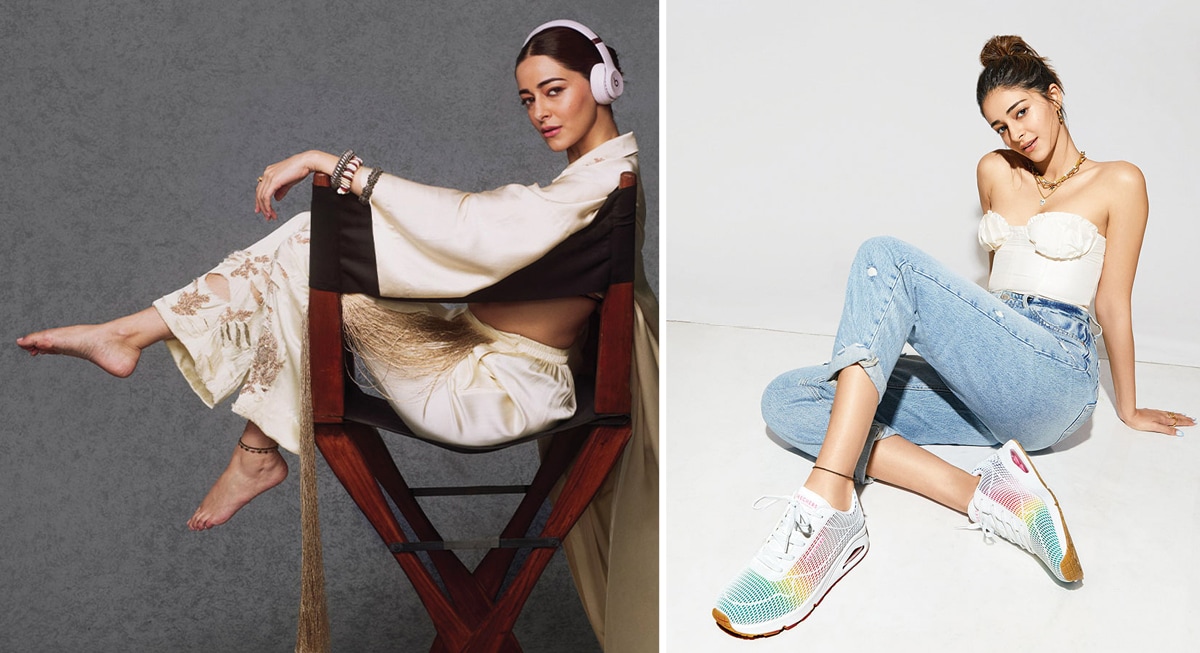 Apple-owned Beats by Dr Dre partnered with the actor to launch their first ever brand campaign in India and (Right) She is a brand favourite, endorsing mass-oriented ones like Skechers apart from high-end luxury names such as Swarovski
Apple-owned Beats by Dr Dre partnered with the actor to launch their first ever brand campaign in India and (Right) She is a brand favourite, endorsing mass-oriented ones like Skechers apart from high-end luxury names such as Swarovski
More recently, she was seen with actor Jackie Shroff in a memorable advertisement for music streaming service Spotify, with that Bae-coded self-deprecating humour and an unexpected penchant for mimicry.
“Earlier this year, headphone and accessory maker Apple-owned Beats by Dr Dre partnered with Panday to launch their first ever brand campaign in India. “The campaign was one of our highest performing at Beats, driving significant social media engagement and we’ve witnessed a notable increase in brand awareness for Beats in India,” says Chris Thorne, chief marketing officer and head of product at Beats.
“Her popularity comes from being relatable as she can connect with the youth on a personal level due to her youth-oriented films, being digital savvy and progressive views on cyberbullying, body positivity, which aligns with the mindset of many young Indians,” adds Vira.
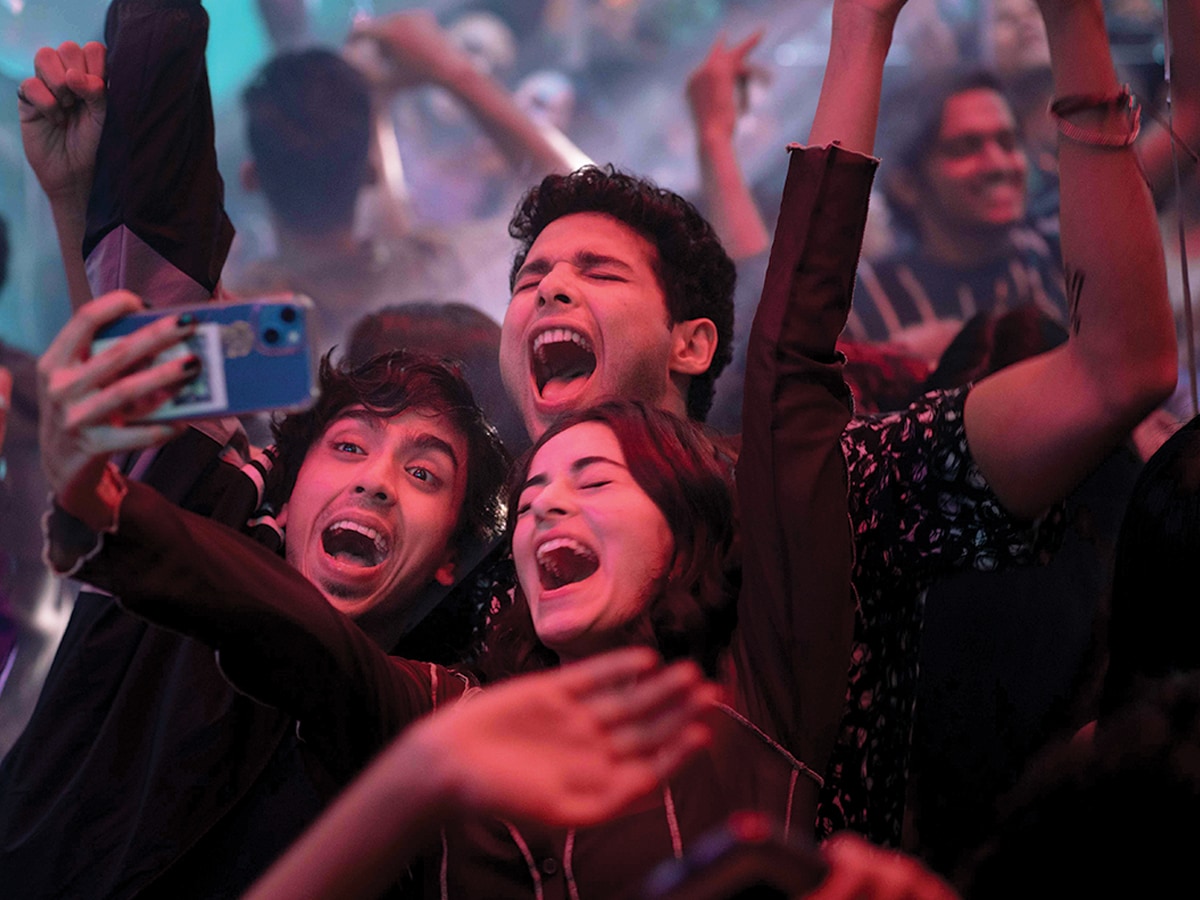 Panday has featured in a string of well-received films, including Zoya Akhtar’s Kho Gaye Hum Kahan
Panday has featured in a string of well-received films, including Zoya Akhtar’s Kho Gaye Hum Kahan
Coming up next
Interestingly, Panday is perhaps the only mainstream movie star to see most of her success come from her OTT outings.
“It wasn’t a conscious choice, because while Call Me Bae would have been on OTT because it’s a show, when I signed and shot for CTRL and Kho Gaye…, we didn’t know where they would release,” she says. “And when these films were ready, the teams felt that the OTT audience would be best suited for them. I truly believe every film has its own destiny.”
She doesn’t change her process for the screen size, she adds. “At the end of the day, it’s a screen people are watching you on—and even for big-screen films, they will likely end up on OTT later, and people may watch them even on a phone screen. So that doesn’t change my performance.”

In all of the OTT successes mentioned above, Panday plays characters that are close to herself and the context she’s belonged to—urban, 20-something, growing up with social media and technology.
“The next leap will be when she plays characters that are very different from our perception of her,” says Chopra. “And it will come.”
Panday is looking forward to taking on the challenge too. In 2025, she has the next season of Call Me Bae and four films that include departures from her regular selections—there’s a ‘hardcore romantic’ Dharma Productions film called Chand Mera Dil with Lakshya, in March, she’ll be seen in the untitled Jallianwalla Bagh massacre-inspired film with Akshay Kumar and R Madhavan, based in the 1920s. “It’s a courtroom drama, and it was really challenging to get the dialect right, and the way I look is unlike what I’ve done. I really do want people to see me in something different,” she says.
